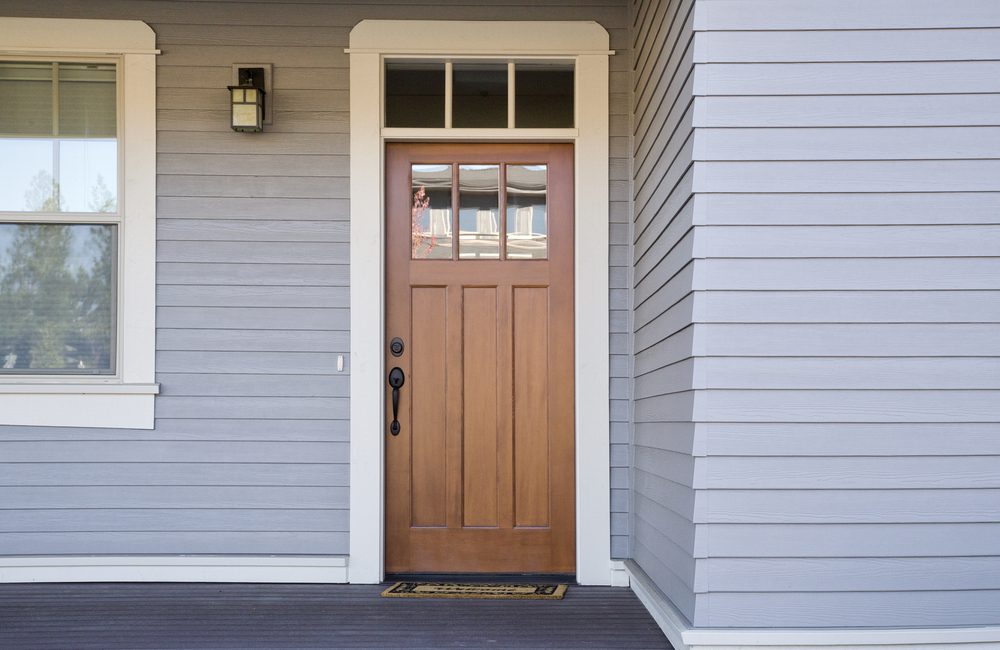
When talking with homeowners about improving their Eastern Shore home’s performance, we’re often asked whether a home needs to “breathe.” There is a common misconception that homes shouldn’t be sealed too tightly—that a super tight building envelope comes with all kinds of problems and allowing “natural” ventilation is better in the long run for your home.
The reality, however, is a home that “breathes” is a home that’s wasting energy (not to mention your money) and opening up your living spaces to all kinds of potential moisture and air quality issues. Let’s take a closer look at why the tighter your home is sealed, the better, and how to combat the argument that a home should “breathe.”
The Problem with Poorly-Sealed Homes
When people talk about a home “breathing,” what they’re really saying is that there are cracks, gaps, and air leaks letting outside air and temperatures move freely between the thermal boundaries of your house. In reality, the mythology of houses needing to “breathe” ignores the problems that happen when your home isn’t well insulated and has inadequate air sealing.
Wasted energy
Perhaps the biggest problem with a poorly-sealed home is the energy wasted in heating and cooling it. According to ENERGY STAR, air leakage accounts for 25% to 40% of a home’s heating and cooling energy. All that energy is leaving your home… even though you’re still paying for it.
Poor indoor air quality (IAQ)
When you have tiny gaps and cracks in your home, you’re allowing contaminants like dust and allergens to circulate inside your house. This drastically reduces the indoor air quality in your living spaces that you and your family are breathing in.
High humidity=mold growth
The primary source for excess moisture in most Eastern Shore and Annapolis area homes is their damp, nasty crawl spaces. Moisture and mold can seep up through unsealed floors and make your home musty and damp. Further, a poorly sealed house will have an aggravated stack effect, further pulling air from the crawl space into the living space.
The underlying takeaway from all three of these issues is that when you have a poorly-sealed home, you have little control over your home performance. And the less control you have, the less you can do when there’s a problem.
What Could Be Wrong with a Tight Home?
If the problems with a poorly-sealed home are so obvious, where does this argument against tight homes come from?
In the 1970s, homeowners started to become much more conscious about their energy usage, and many contractors began building super insulated homes. Airtight house construction succeeded in decreasing energy costs, but most building science at the time hadn’t considered the potential disadvantage of such a tightly sealed house: poor ventilation in houses can actually also cause moisture buildup, leading to mold and IAQ issues.
Luckily, building science has progressed, and we now understand that the house is a system, and part of good home performance is proper mechanical ventilation for air tight homes.
Make Your Home Tight and Improve Indoor Air Quality
As you can see, the benefits of a tightly-sealed home far outweigh potential negative effects. And as any team of experienced home performance professionals know, the air quality in tight houses can be controlled and regulated through green building ventilation measures like whole-house mechanical ventilation systems.
There are also options like heat recovery ventilators (HRVs) and energy recovery ventilators (ERVs) which circulate fresh air at the same time that they drastically reduce your heating and cooling costs. Energy recovery systems also help keep air dry, making them a great solution for very tight houses.
Start With An Expert Energy Audit of Your Eastern Maryland Home
So, to answer our original question: Can a house be sealed too tightly? The answer is: No! With proper house ventilation systems, a tightly-sealed Eastern Shore house offers superior control of your home performance, from increased energy efficiency that will keep your energy bills down to higher indoor air quality.
Tightly sealing your home involves a combination of different services, from insulation and air sealing to crawl space encapsulation.
But what does your particular home need? The best place to start is a home energy audit by the experts at Total Home Performance. Our home energy auditor uses specialized tools and observations like blower door tests and thermal imaging to collect data specific to your Worcester, Queen Anne’s or Wicomico county home. Then, we’ll be able to develop a strategy that improves your home efficiency and keeps your family breathing easy.